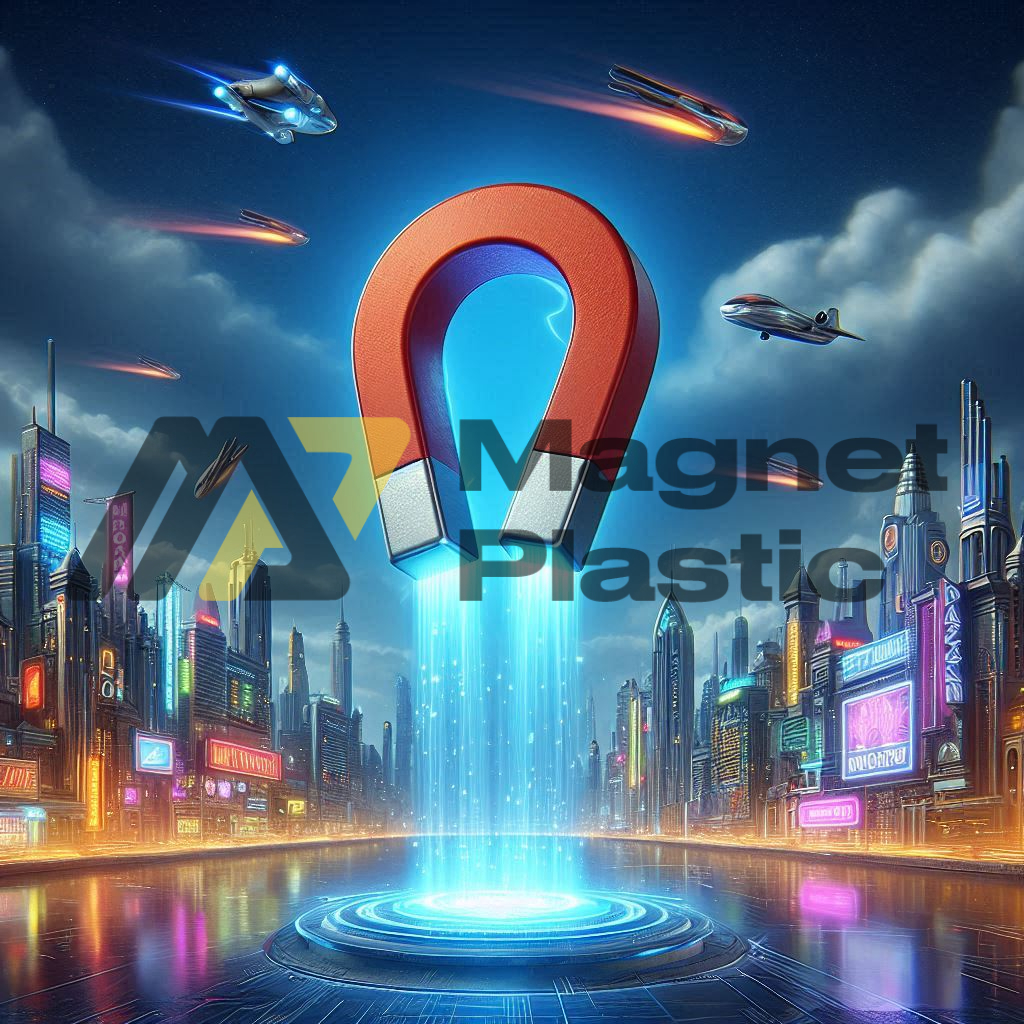Innovative Advances in Magnet Technology
In recent decades, magnet technology has advanced considerably, driven by the need to improve energy efficiency, reduce costs, and increase sustainability. These advances have resulted in more powerful, durable, and versatile magnets capable of meeting a wide range of industrial and technological applications. This article explores recent innovations in magnet technology that are revolutionizing the sector.
High-Energy Neodymium Magnets
One of the most notable recent innovations in magnet technology is the development of high-energy neodymium (NdFeB) magnets. Known for their remarkable magnetic strength, these magnets have been refined to offer higher magnetic flux density. Thanks to these advancements, neodymium magnets are now essential in applications that require high efficiency and compact size, such as electric motors, wind generators, and electronic devices. Improvements in manufacturing processes and material purity have allowed these magnets to achieve superior performance without significantly increasing costs.
High-Temperature Resistant Magnets
Traditionally, one of the major limitations of permanent magnets has been their susceptibility to demagnetization at high temperatures. However, recent advancements in material composition have led to samarium-cobalt (SmCo) magnets and improved versions of neodymium magnets that can maintain their magnetization under high-temperature conditions. These magnets are crucial for aerospace, automotive, and gas turbine applications, where extreme temperatures are common.
Flexible and Composite Magnets
The development of flexible and composite magnets represents another significant innovation in magnet technology. These magnets are made from magnetic materials mixed with polymers, giving them unusual flexibility compared to traditional magnets. They are ideal for applications requiring complex shapes and adaptability, such as sensors, security tags, and compact electric motors. The ability to mold these magnets into specific shapes without compromising their magnetic properties has opened new possibilities in design and manufacturing.
Additive Manufacturing of Magnets (3D Printing)
3D printing has revolutionized manufacturing in various fields, and magnet technology is no exception. Additive manufacturing allows for the production of magnets with complex and precise geometries that would be difficult or impossible to achieve with traditional methods. This technology not only improves production efficiency but also reduces material waste, promoting more sustainable manufacturing practices. Additionally, it enables rapid prototyping and customization of magnets for specific applications.
Magnets with Reduced Rare Earth Dependency
In response to concerns about the availability and cost of rare earth elements, researchers have focused their efforts on developing magnets that rely less on these materials. This has led to the creation of new types of magnets using alternative material combinations, such as iron-nitrogen magnets, which offer magnetic properties comparable to rare earth magnets but with reduced dependence on scarce and costly resources.
Conclusion
Recent innovations in magnet technology are transforming various industries by offering more efficient, durable, and adaptable solutions. From high-energy and high-temperature-resistant neodymium magnets to flexible magnets and additive manufacturing, these advancements are pushing the boundaries of what is possible in magnet design and use. As research and development continue, it is likely that we will see even more innovative applications leveraging these advanced technologies, contributing to a more sustainable and technologically advanced future.
